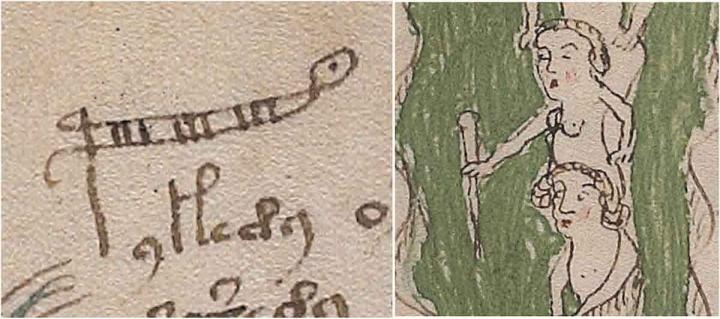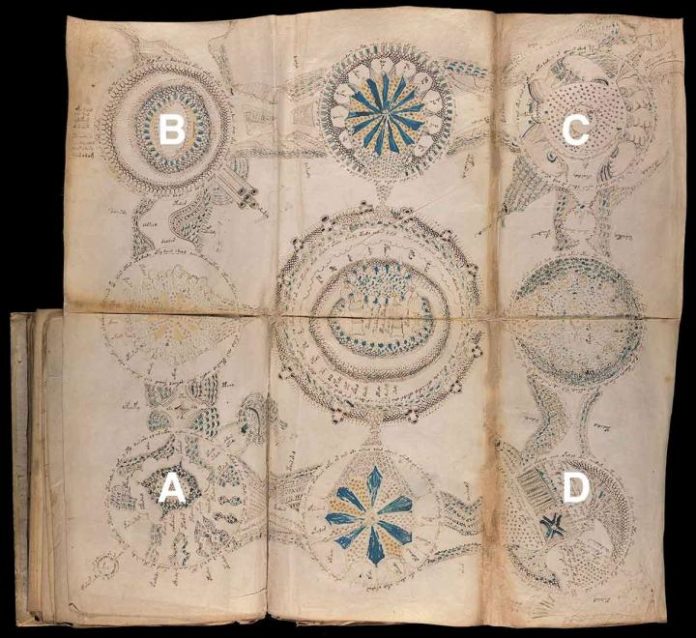Since its discovery in 1912, the 15th-century Voynich Manuscript has been a mystery and a cult phenomenon. Full of handwriting in an unknown language or code, the book is heavily illustrated with weird pictures of alien plants, naked women, strange objects, and zodiac symbols.
Cryptographers, linguistics scholars, and computer programs have tried to crack the code but failed. Now, a research Associate, Dr. Gerard Cheshire, at the University of Bristol, has successfully cracked the code of the Voynich manuscript. Using lateral thinking and ingenuity, Cheshire took two weeks to identify the language and writing system of the famously inscrutable document.
In the study published in the journal Romance Studies, Cheshire describes how he successfully deciphered the manuscript’s code and, at the same time, revealed the only known example of proto-Romance language.
He said, “I experienced a series of ‘eureka’ moments whilst deciphering the code, followed by a sense of disbelief and excitement when I realized the magnitude of the achievement, both in terms of its linguistic importance and the revelations about the origin and content of the manuscript.”

CREDIT
Voynich manuscript
“What it reveals is even more amazing than the myths and fantasies it has generated. For example, the manuscript was compiled by Dominican nuns as a source of reference for Maria of Castile, Queen of Aragon, who happens to have been a great aunt to Catherine of Aragon.”
“It is also no exaggeration to say this work represents one of the most important developments to date in Romance linguistics. The manuscript is written in proto-Romance – ancestral to today’s Romance languages including Portuguese, Spanish, French, Italian, Romanian, Catalan, and Galician. The language used was ubiquitous in the Mediterranean during the Medieval period, but it was seldom written in official or important documents because Latin was the language of royalty, church, and government. As a result, proto-Romance was lost from the record, until now.”
Cheshire explains further, “It uses an extinct language. Its alphabet is a combination of unfamiliar and more familiar symbols. It includes no dedicated punctuation marks, although some letters have symbol variants to indicate punctuation or phonetic accents.”

CREDIT
Voynich manuscript
“All of the letters are in lower case and there are no double consonants. It includes diphthong, triphthongs, quadriphthongs and even quintiphthongs for the abbreviation of phonetic components. It also includes some words and abbreviations in Latin.”
Cheshire is also planning to translate the entire manuscript and compile a lexicon, which Cheshire acknowledges. This will take some time, as the manuscript is more than 200 pages long.
Journal Reference
- Cheshire, Gerard. “The Language and Writing System of MS408 (Voynich) Explained.” Romance Studies 37, no. 1 (2019): 30–67. DOI:10.1080/02639904.2019.1599566.
